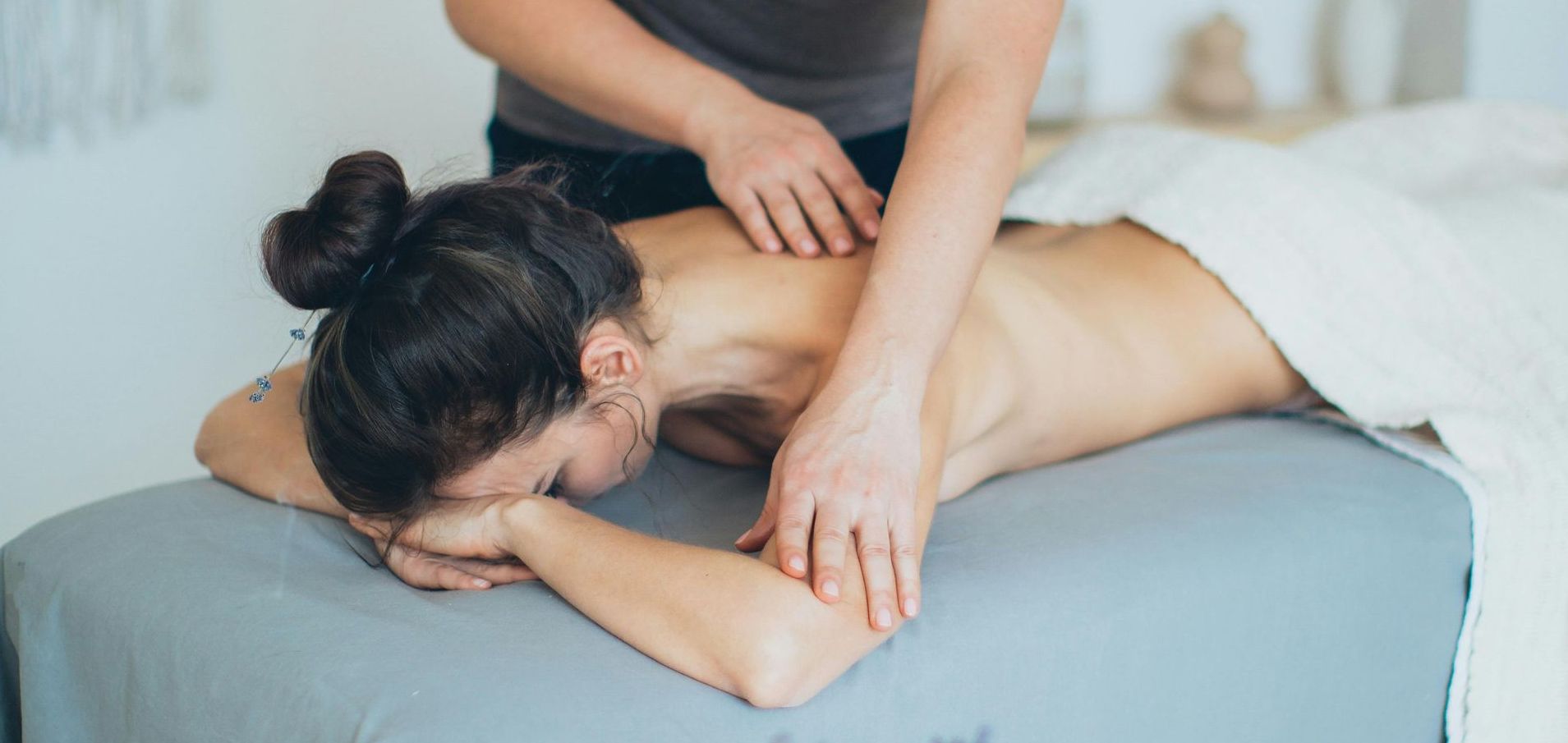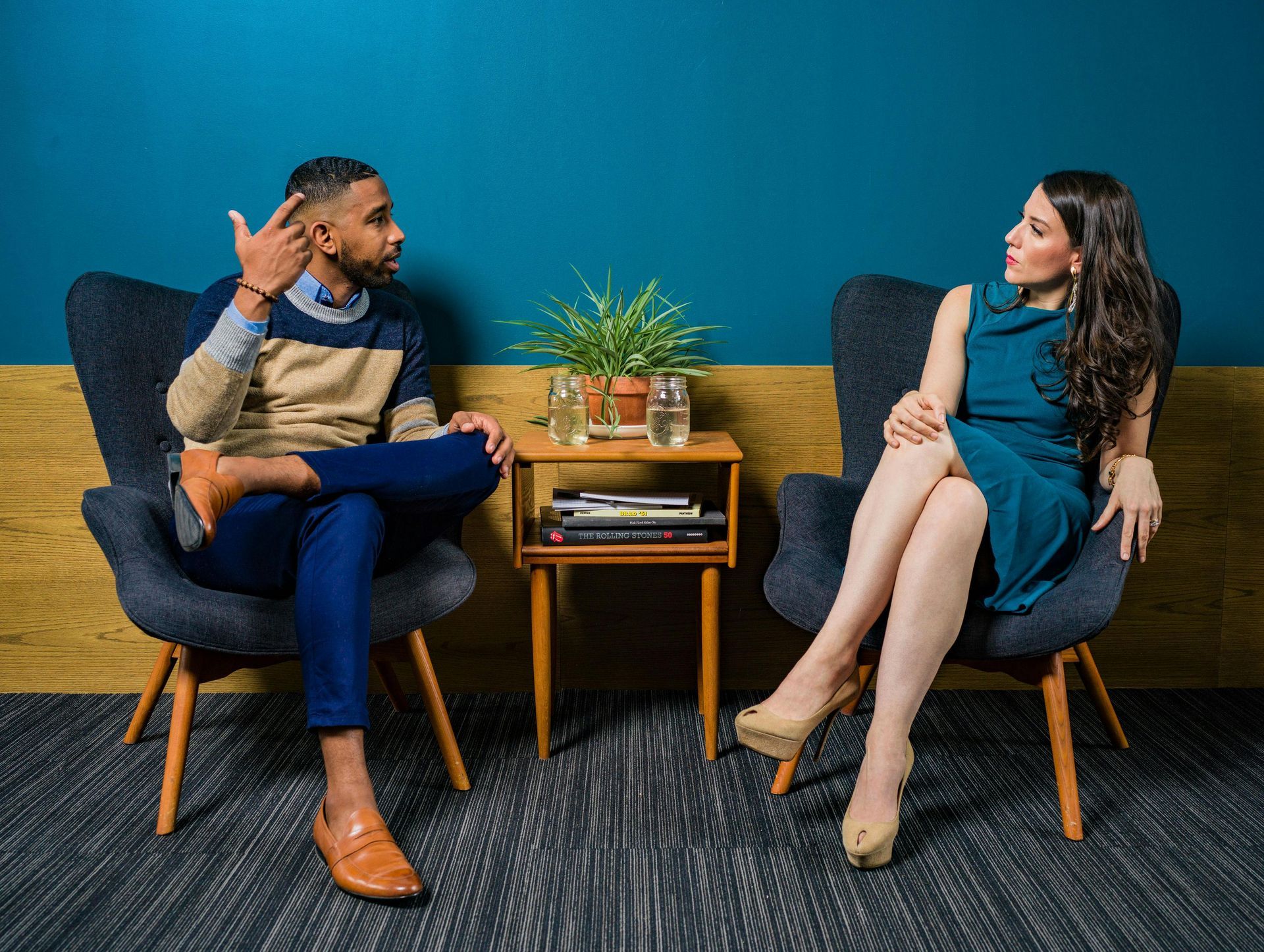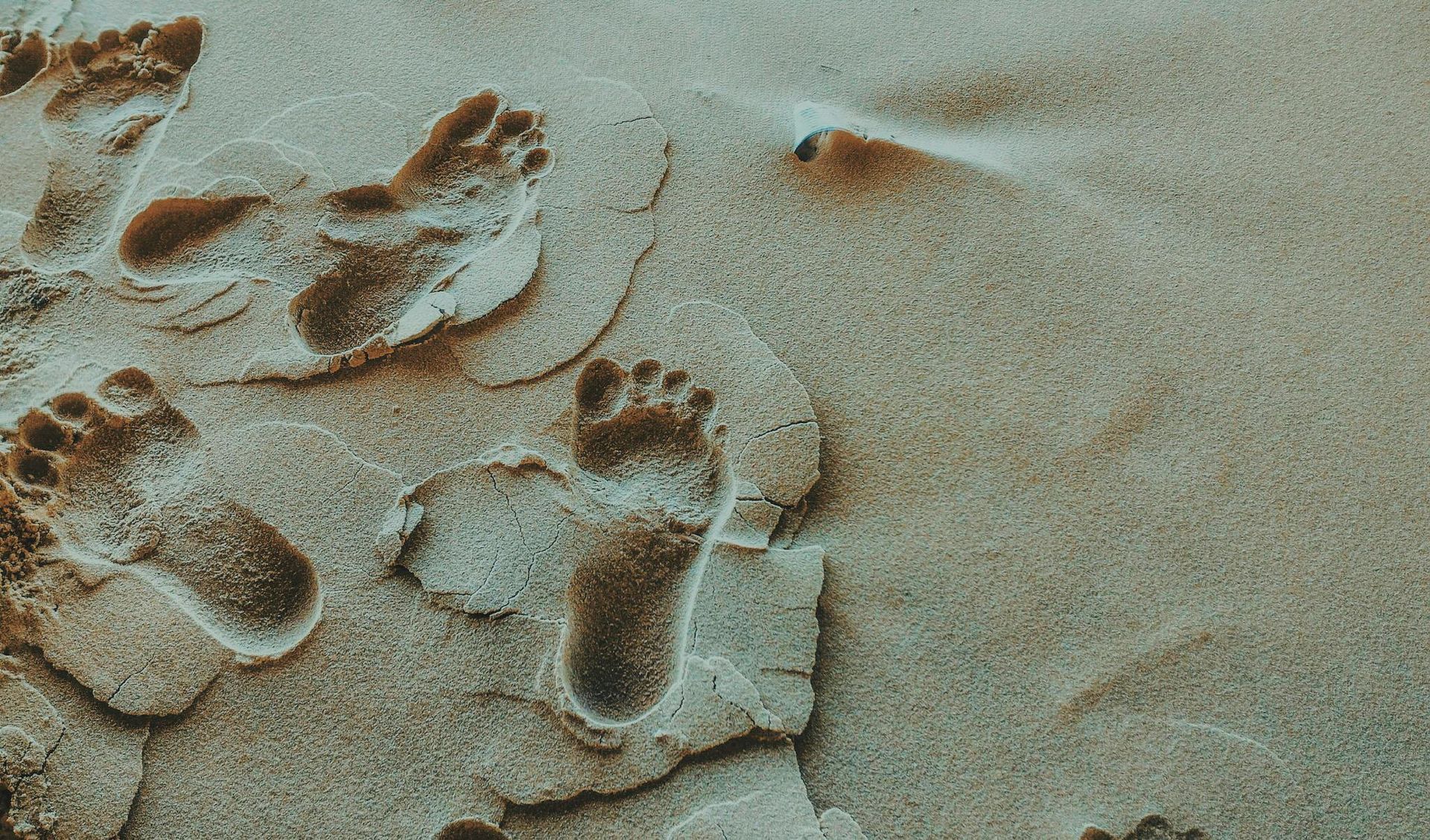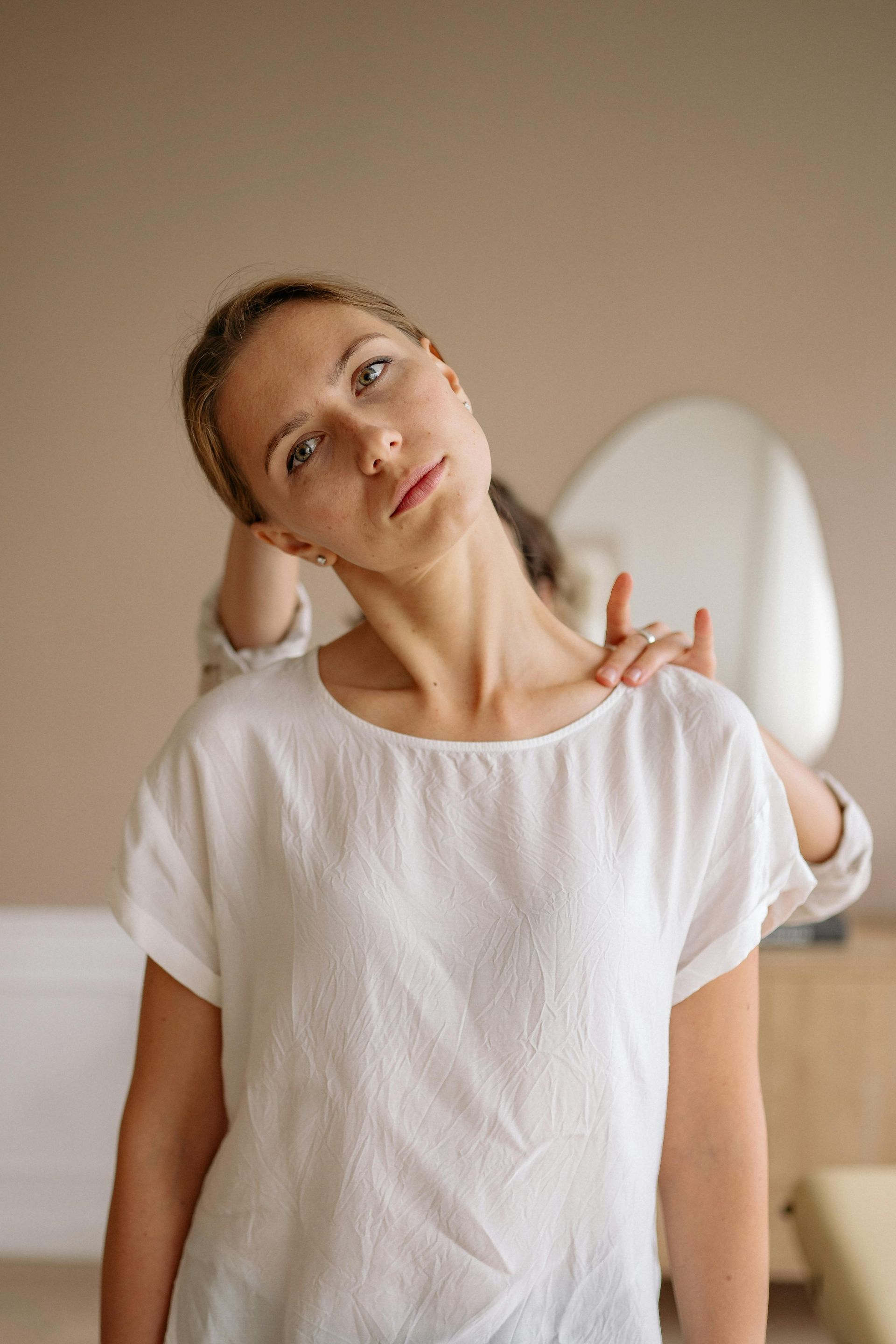New to Massage?
What to Expect During Your First Session

So you’ve booked your first massage—congratulations! Whether you’re seeking relief from muscle tension, relaxation, or just checking it out, massage can be a deeply healing experience. But if you’re new to the process, it’s totally normal to feel a bit uncertain about what to expect.
Let’s walk through the basics so you can feel confident, relaxed, and ready to enjoy your session.
What to Wear
You can wear anything you'd like to a massage session, but it's a good idea to wear comfortable clothing that's easy to remove. Massage is typically performed with you undressed to your comfort level. Many people remove all clothing except underwear (or even undress completely), but it’s perfectly okay to leave on more if that makes you feel comfortable.
You will be fully covered with a sheet during the massage, and only the area being worked on will be uncovered. Professional massage therapists are trained to maintain your privacy and dignity at all times.
Arriving to Your Appointment

Arrive a little early
Plan to arrive 5 - 10 minutes before your scheduled time. This allows you extra time to find the studio and navigate parking, to complete any intake forms, and to settle in a bit before the session begins.
Communicate your needs
Your massage therapist will want to have a conversation about your goals for your massage therapy session. Be prepared to discuss:
- Areas of tension or pain: think about areas you'd like them to focus on. Typical areas include neck, shoulders, and lower back.
- Areas to avoid:
do you have any recent injuries or surgeries that the therapist should be aware of? Also let the therapist know about any sunburns, rashes, or otherwise sensitive areas.
- Pressure preference: most newcomers to massage start with medium pressure and adjust from there. Lighter pressure offers a more relaxing massage. Deeper pressure provides a more therapeutic approach. It's okay if you prefer deeper pressure on some areas but lighter on others.
- Any other concerns: let your therapist know about any allergies that you have (especially to certain oils or essential oils). If you have any questions about the massage, this is a good time to ask them.
Don’t be afraid to speak up, even during your massage —this session is for you.
The Massage Experience
After discussing your goals and preferences for the massage, your therapist will step out of the room to allow you to get comfortable on the table. Typically, your therapist will ask you to lie down prone (face down) on the massage table, with your face in the face cradle. The room will be calm, with soft music and dim lighting to help you relax. Your therapist will give you plenty of time to undress and get cozy under the top sheet.
Here’s what to expect:
- When your therapist enters the room, he or she check in to make sure you are comfortable before beginning the massage.
- Oil or lotion is applied to the skin to reduce friction. Let your therapist know in advance if you have any allergies.
- Your therapist will use a variety of strokes depending on the style (e.g., Swedish, deep tissue, or relaxation). He or she might also incorporate movement and/or stretches.
- You can communicate at any time—if something feels too intense, if the pressure isn’t enough, or if you're uncomfortable in any way, speak up. Your therapist wants you to feel safe and supported.
- You are welcome to chat with your therapist, but most people simply breathe and relax during their massage. It's totally okay to fall sleep during your massage.
After the Massage
Your therapist will quietly let you know when the session is over and give you a few moments to get dressed. Once you’re ready, you’ll meet them outside the room to talk briefly about the session and any recommendations for future care.
You might feel:
- Very relaxed or even a bit “floaty”
- Sore in certain spots, especially if you had deep tissue work (like after a good workout)
- Thirsty, so
drink plenty of water to help flush out metabolic waste
Take it easy for the rest of the day if you can—your body will thank you. A hot epsom salt bath is an excellent way to boost the benefits of your massage.
Tips for a Great Experience

- Communicate with your therapist before and during the session. Be honest about any concerns and your pressure preference. There is no need to experience pain during your massage.
- Avoid heavy meals and alcohol right before your session. It's also a good idea to use the restroom immediately before your massage.
- Bring water: Massage helps your body to release toxins, and hydrating before and after your massage enhances this process. It's a good idea to have extra water with you in case you feel thirsty after your massage.
- Schedule your session when you can have a little downtime afterward—don’t rush back into a packed schedule.
Your first massage is a beautiful step toward creating a healthy relationship with body and prioritizing your well-being. The more you communicate and relax, the more your therapist can tailor the experience to your needs.
Still feeling a little nervous? That’s okay—every massage is an opportunity to learn what helps you feel good. Over time, the process will become more familiar and comfortable. Discuss any concerns with your therapist so that they can help you feel relaxed and ready for your massage.
Ready to try it out? I’d love to welcome you into a space of calm, care, and compassion: either here at my Haiku studio or at the comfort of your own home.
Book your first session today—you deserve it.
On the Blog



